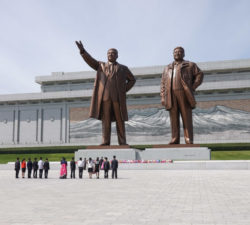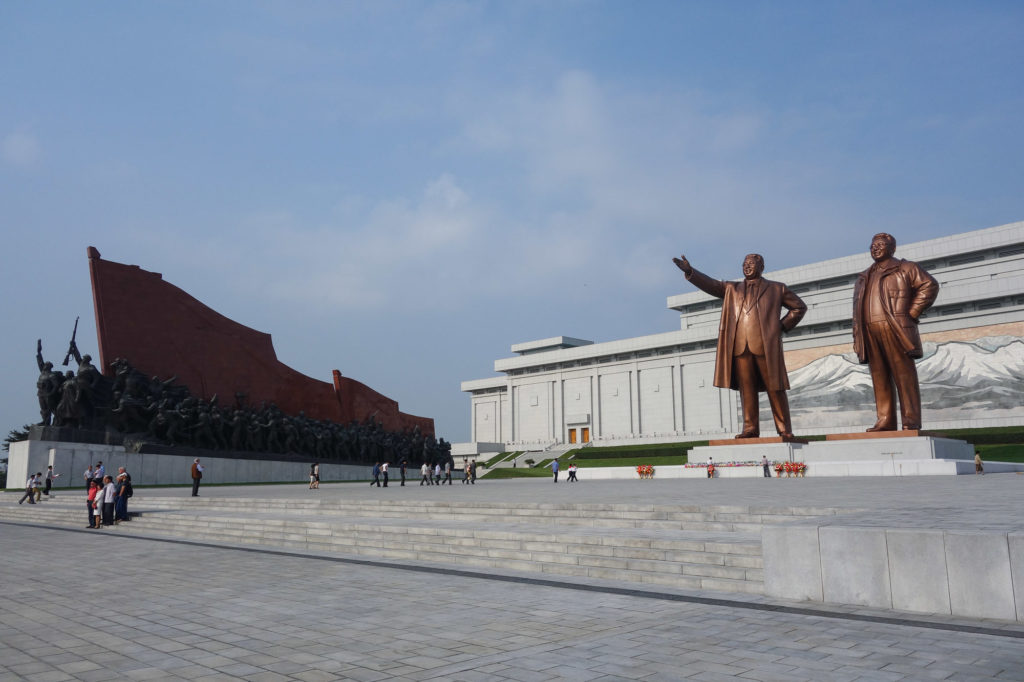Over the past decade a global decline in democracy has increased investor exposure to autocratic regimes. Here’s how to weigh up the direct and indirect risks to your portfolio across index funds, active funds and hedge funds.
Russia’s invasion of Ukraine and the subsequent crash in its stock market and currency have exposed the risks private individuals face when investing in autocratic regimes. The ensuing economic sanctions imposed by many countries, including moves to block some Russian banks from the SWIFT international payment system and to restrict Russia’s use of its massive foreign currency reserves, revealed broader systemic risks associated with investing in assets affiliated with such regimes.
With democracy having lost ground over the past decade, the geopolitical risk for investors is mounting. According to the 2022 survey of the Bertelsmann Transformation Index, 70 out of 137 countries were classified as autocracies, compared with just 67…


